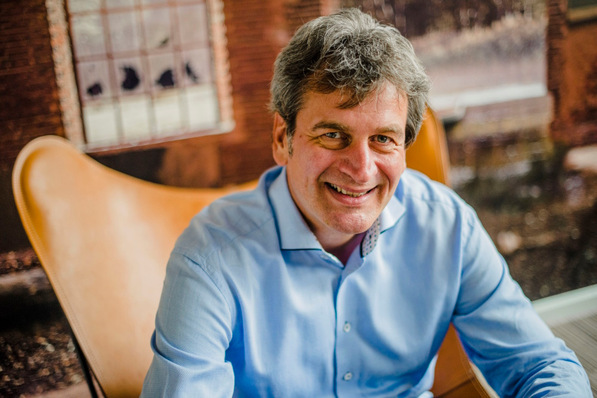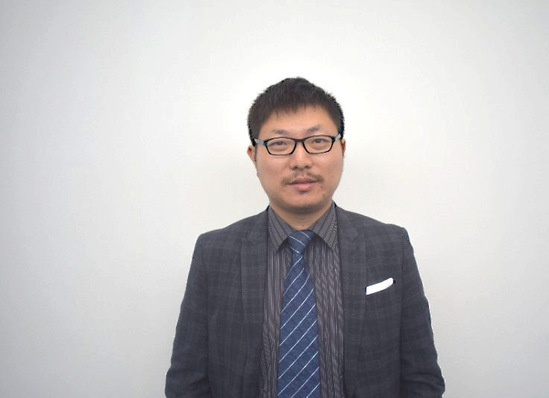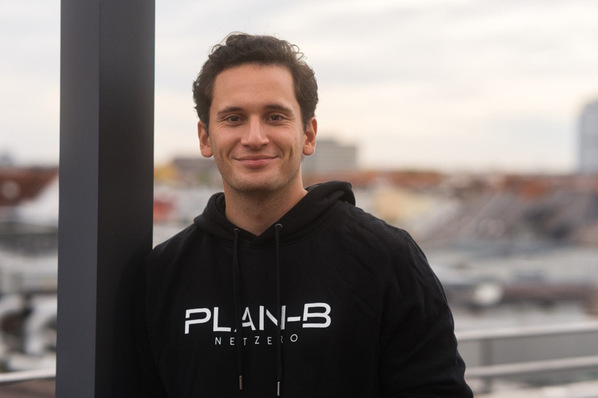While the Covid-19 pandemic has slowed down the growth of many industries or even ground them to a halt, the solar industry has been an exception to the rule: The European PV market is booming, demand is surging. New players are rushing to the market, innovative business models are being developed. Where is the PV market headed? What are up-and-coming trends and innovations? The Intersolar Europe Conference 2021 will provide answers to these questions as well as the opportunity to network and share ideas with other experts and industry representatives. This specialist conference is being held as part of Intersolar Europe Restart 2021 on October 6–7 and takes place at Messe München in the Conference Center Nord (CCN).
Improved costs, increasing PPAs, innovations and new applications
In 2020, notwithstanding the effects of the Covid-19 pandemic, 138.2 gigawatts (GW) of new PV installations were deployed; this equals an 18 percent growth for new installations compared with 2019, and marks another new global annual record for the solar power industry. The total PV output installed around the world now stands at 773.2 GW. With this 22 percent increase, the solar power sector has exceeded the 3/4-terawatt (TW) milestone. All signs point to continued growth in 2021. The Global Market Outlook for solar power 2021–2025, published by SolarPower Europe, predicts the average scenario in 2021 to equal an 18 percent increase of newly installed capacity to 163.2 GW. By 2025, SolarPower Europe expects the global installed capacity to be close to 1.9 TW.
The Clean Energy Package of the EU, which aims at a 32 percent market share for renewable energies by 2030, has also been driving growth. “The upswing in the market also has to do with significantly improved costs, an increasing number of Power Purchase Agreements (PPA) as well as innovation and new applications,” explains Markus Elsässer, CEO of Solar Promotion GmbH – together with the Freiburg Wirtschaft Touristik und Messe GmbH & Co. KG (FWTM), organizer of Intersolar Europe. Digitalization is also propelling the market. Machine learning, artificial intelligence (AI) and big data create new possibilities for system design, plant configuration, predictive maintenance, monitoring and yield and weather forecasting. This all contributes to reducing electricity generation costs and in turn improves profitability of the systems.
Floating PV and agrivoltaics are developing dynamically
Innovation is also driving niche technologies such as floating PV and agrivoltaics. Their potential is undeniable as land use conflicts with the agricultural sector can be avoided – which is important in regard to the expansion of solar parks, particularly in densely populated areas. “There’s a lot happening with FPV, that is floating solar parks. Progress is being made with the system design, installation and anchoring systems,” according to Elsässer. Several initiatives are aiming to create standards for systems and components. One very promising business model is installation in reservoirs as a method of generating hydropower. An advantage of this approach is that the electrical infrastructure already exists, which helps reduce capital costs. In addition, pilot projects have kicked off in the maritime and offshore industries. More information will be provided on October 7 at the Intersolar Europe Conference. In total, three sessions will be devoted to the topic of Floating PV.
Agrivoltaics, which efficiently doubles land use for agriculture and solar power generation, is developing dynamically and is receiving more and more attention. In countries such as Italy and Germany, new incentive programs are being created, and in France, the first agrivoltaics association worldwide has been established. Headway is also being made in standardization, which is necessary to achieve mass funding and a market ramp-up. The combination of “Urban Vertical Farming” with solar energy use generates tremendous potential for food security, resource-conserving economic activity and climate conservation. A conference session that delves into the opportunities and challenges related to this innovative concept is also planned for October 7.
Tailwinds for European photovoltaics production
“As a result of the solar boom and the Green Recovery Fund, in which the EU set aside billions to combine economic recovery and sustainability, the European production of photovoltaics is experiencing tailwinds,” says Elsässer. In the German “Solar Valley” in Bitterfeld, Saxony-Anhalt, the Swiss company Meyer Burger has already opened a new factory for solar cells. Q-cells, a company belonging to the South Korean enterprise Hanwha, is also expanding in Bitterfeld. These developments also aim to strengthen Europe’s independence in terms of photovoltaics production. Conditions and opportunities for a competitive photovoltaics production in Europe will be discussed in one of the conference sessions on October 6.
Where is the PV market headed? What are the most important trends and innovations? Which are the new markets and business models? How can digital technology optimize the design, operation and maintenance of PV systems? “The Intersolar Europe Conference 2021 is the perfect opportunity to find out more about these topics. In addition to providing well-founded insights, the conference will also offer the opportunity to share ideas and network with leading national and international experts and industry representatives,” says Elsässer. This specialist conference is being held as part of Intersolar Europe Restart 2021 on October 6-7 and takes place at Messe München in the Conference Center Nord. (hcn)
For a complete overview of the conference program, see here.







